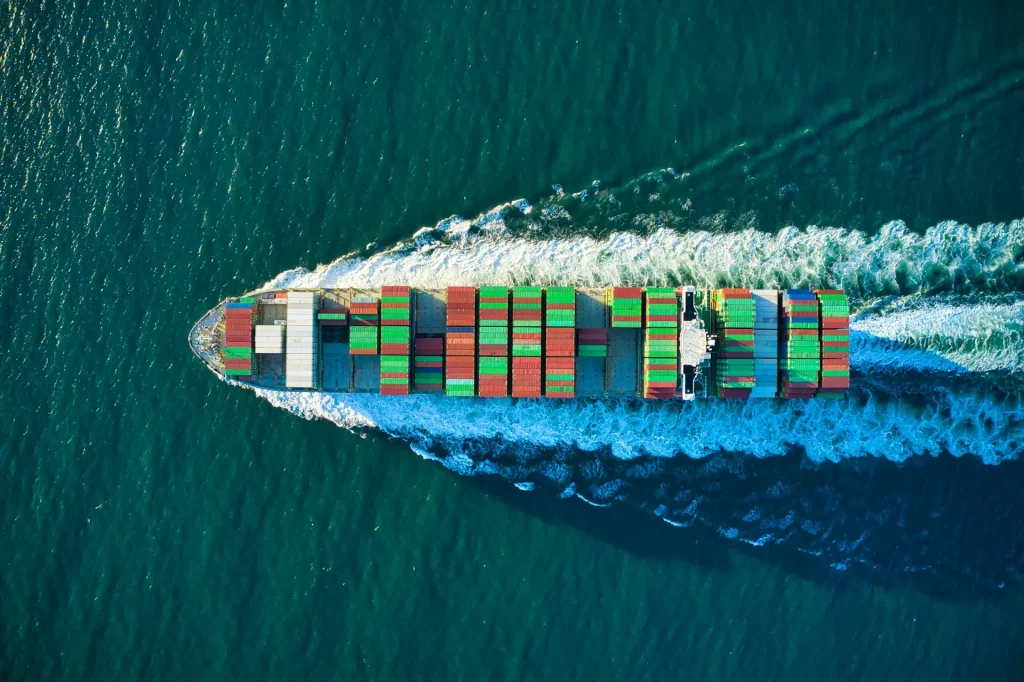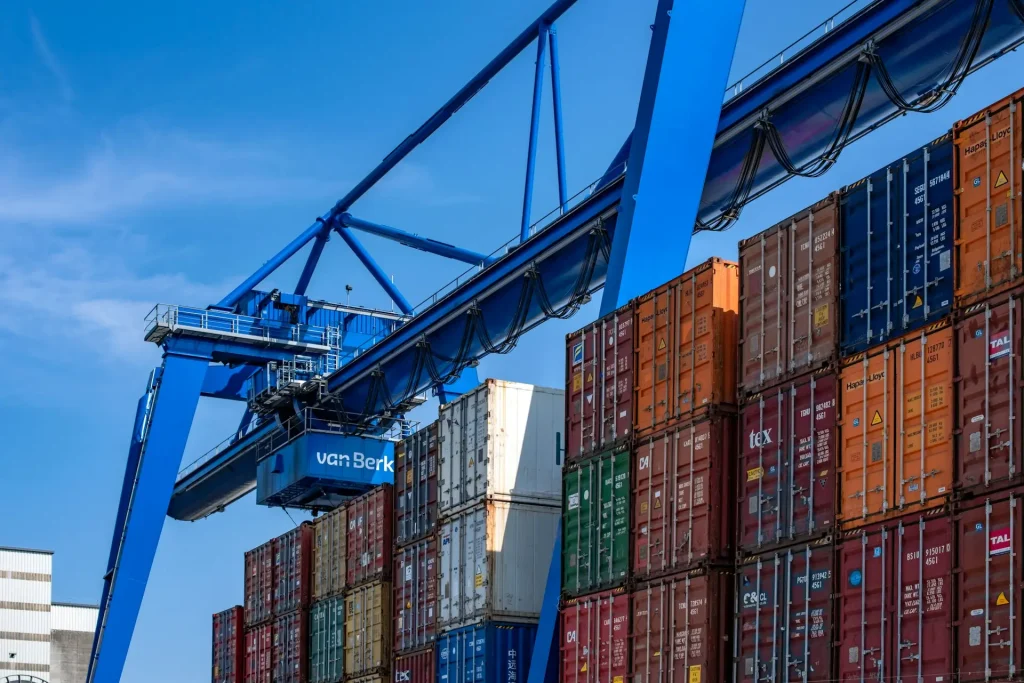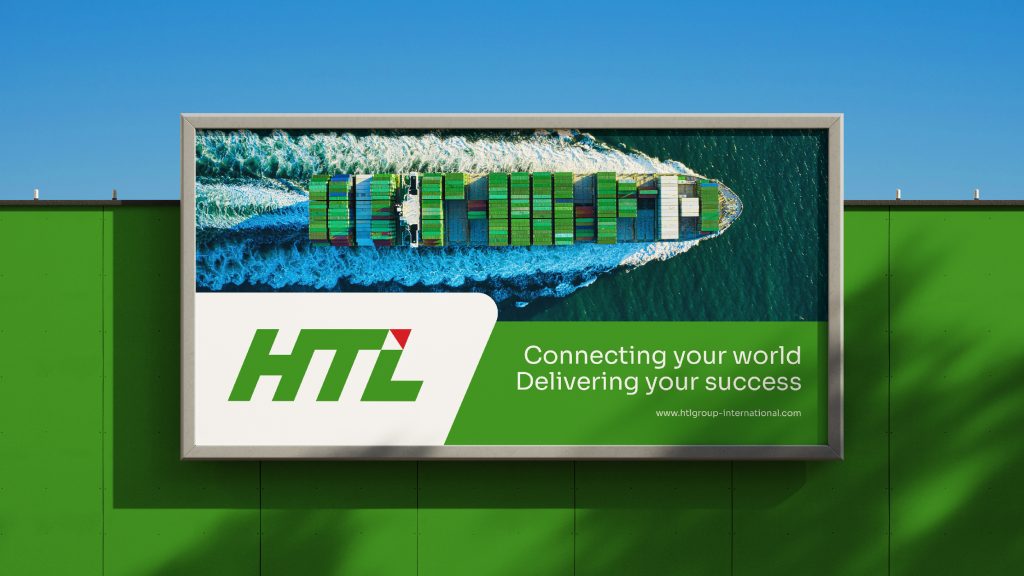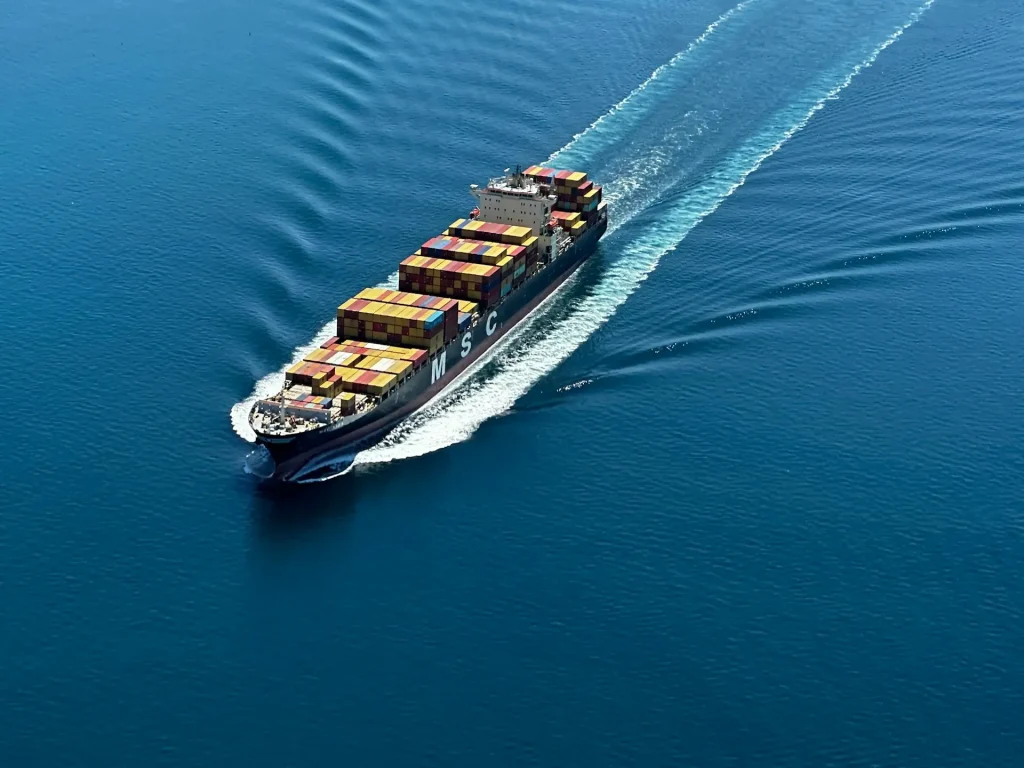In the world of logistics, international shipping often gets the spotlight. However, what happens before and after cargo crosses oceans or skies is just as important. Inland transport — the movement of goods within a country by road, rail, or inland waterways — plays a crucial role in keeping supply chains efficient and reliable.
What is Inland Transport?
Inland transport refers to the delivery of goods from ports, airports, or production sites to their final destinations within a country. This can include:
- Trucking – The most flexible and widely used form of inland transport.
- Rail Freight – Ideal for large volumes over long distances.
- Inland Waterways – Used in certain regions with navigable rivers and canals.
These modes often work together to create a smooth, end-to-end logistics process.
The Bridge Between International and Local Distribution
Even the fastest cargo ship or air freight service won’t matter if goods can’t move efficiently once they arrive in the destination country. Inland transport:
- Connects ports and airports to warehouses, factories, and retail stores.
- Reduces delays in the supply chain by ensuring smooth handovers.
- Supports “last mile” delivery by moving goods closer to the customer.
Without effective inland transport, global trade would face constant bottlenecks.
Why Speed and Reliability Matter
Delays in inland transport can disrupt entire operations. For example:
- A factory waiting on raw materials may have to halt production.
- Retailers might miss seasonal sales if goods arrive late.
- Perishable items could spoil before reaching stores.
Reliable inland transport keeps goods moving on schedule, which is critical for meeting customer expectations.
Technology in Inland Transport
Modern inland logistics relies heavily on technology to improve efficiency and visibility:
- GPS Tracking – Allows real-time monitoring of shipments.
- Route Optimization – Reduces delivery times and fuel costs.
- Automated Scheduling – Improves coordination between warehouses, carriers, and clients.
These innovations not only make deliveries faster but also help reduce operational costs.
Choosing the Right Inland Transport Partner
For businesses, selecting a reliable inland transport provider is just as important as choosing an international freight partner. The best providers offer:
- Nationwide Coverage – Ensuring goods can reach any destination.
- Fleet Variety – Trucks, containers, and special vehicles for different cargo needs.
- Proven Track Record – Experience in handling time-sensitive and fragile goods.
The Bigger Supply Chain Picture
Inland transport might be the “middleman” in logistics, but it’s also the backbone that keeps supply chains moving. By ensuring smooth and timely delivery from ports to final destinations, it helps businesses operate efficiently, reduce costs, and improve customer satisfaction.
When integrated with cargo, air, and sea freight services, inland transport creates a seamless logistics network — one that keeps the global economy running.




